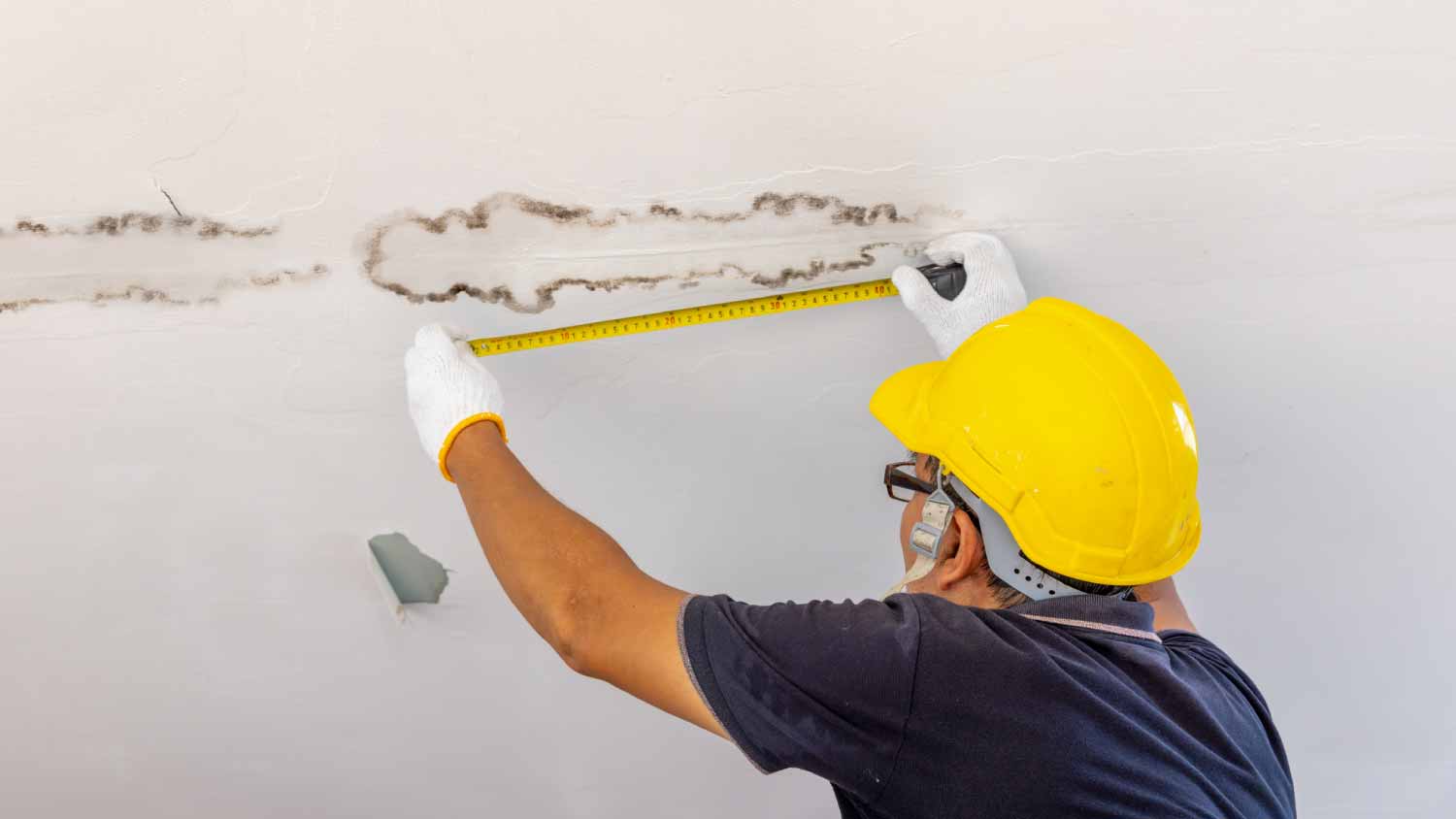When to Walk Away After a Home Inspection
When red flags start to show, it’s time to go


You should consider walking away if there are any issues you don’t want to have to deal with yourself after closing.
Some of the biggest red flags to watch for include structural damage, environmental issues, and mechanical problems.
If you still want the house, you can also consider using the problems to negotiate a lower sales price or seller concessions.
Home inspections reveal what you’re getting yourself into by exposing everything from foundation issues to roof and plumbing leaks. Getting a home inspection done is a no-brainer, but knowing when to walk away after a home inspection is another issue entirely. In this guide, we’ll explain some of the biggest red flags to look out for during a home inspection and what to do if your inspection identifies a major issue.
When Should You Walk Away After a Home Inspection?
The bottom line is that you should walk away after a home inspection if the results make you feel uncomfortable buying the home or if it identifies problems you don’t feel equipped to deal with after closing. Even if you’re buying in a hot market and there are few other available properties, consider how much time, effort, frustration, and money may have to go toward repairs post-closing before deciding whether or not to move forward with the sale.
Home Inspection Red Flags to Look Out For

Virtually all home inspections are going to turn up some issues, but there are a few specific problems that make a larger portion of buyers reconsider after the inspection.
Structural Issues
One of the most common reasons buyers walk away after a home inspection is related to structural damage. Whether it’s foundation instability or a cracked header, structural issues can cause severe headaches and come with hefty repair costs.
For example, foundation repairs cost up to around $25,000, and even then, your issue might be recurring depending on the underlying cause. Coupling the repair with a new French drain to avoid ongoing problems could total over $50,000. If you attend the home inspection yourself, ask questions about recommended repairs to get a sense of what you’re dealing with.
Environmental Issues
Environmental problems, like a leaking underground oil tank or a leaking septic system, can also be quite expensive to fix—up to around $10,000 to replace an oil tank or $20,000 for a septic tank replacement. On top of that, you may have to pay fees for environmental cleanup, which could double or even triple the actual repair cost.
Mechanical Problems
Issues with plumbing, electrical, and HVAC systems are also common reasons why buyers walk away after a home inspection. You may need special types of home inspections after the primary inspection to uncover issues. Repairs can easily push beyond $10,000 if you need to replace major components, and since plumbing pipes, wiring, and ducts are behind walls, you might pay thousands more to repair drywall after the repairs.
Roof Leaks
Local home inspectors will always spend some time inspecting the roof and the underside of the roof decking for signs of leaks. Repairing a leaky roof costs up to $24,000, and that’s not taking into account any water damage the leak caused. You might also need to remediate mold, replace damaged insulation and drywall, and fix electrical issues after you correct the roof leak.
Foundation Leaks
Foundation leaks are another red flag to look out for. They can cost up to around $7,000 to repair, but you’ll likely also need to address the underlying problem. Basement waterproofing can cost an additional $15,000 after you address the damage from the leak.
Mold Growth
Evidence of mold is a common reason to walk away after a home inspection, not only because it’s expensive to remediate but also because it can be a health hazard. Mold remediation can cost around $7,000, and the presence of mold spores can worsen respiratory issues and lead to itchy eyes, cold symptoms, and other problems.
Pest Infestation
Finally, you may want to consider walking away after a home inspection if there’s evidence of wood-destroying insects in the home, like termites or carpenter ants. You’ll pay around $1,000 to get rid of the pests, but you could pay far more to fix the structural damage they caused.
What to Do After a Home Fails an Inspection
If your inspector finds things that lead to a failed home inspection, you have a few courses of action.
Move forward with the sale anyway: You can opt to buy the home as-is if you’re prepared to deal with the issues after closing. This is a common option in a seller’s market, where a seller has multiple options to replace the deal if you back out.
Renegotiate with the seller: You can use the issues to negotiate a lower sales price or a seller’s concession to pay for some of the repairs after closing.
Walk away: You can walk away after the home inspection without losing any money unless you waived your inspection contingency.
Frequently Asked Questions
The standard inspection period is around 10 days from the offer acceptance, but the timeline can vary from around seven days up to about 21 days, depending on the seller and the area. The language for the inspection period should be included in your offer agreement so you can check that to see how long you have to complete and respond to the results of a home inspection.
A home inspection is always worth it when buying a home, as it can reveal major issues with a home that could cost you thousands of dollars post-closing. If it doesn’t uncover any issues, then you have some peace of mind that you won’t have to lay out tens of thousands of dollars in repairs after you close.















